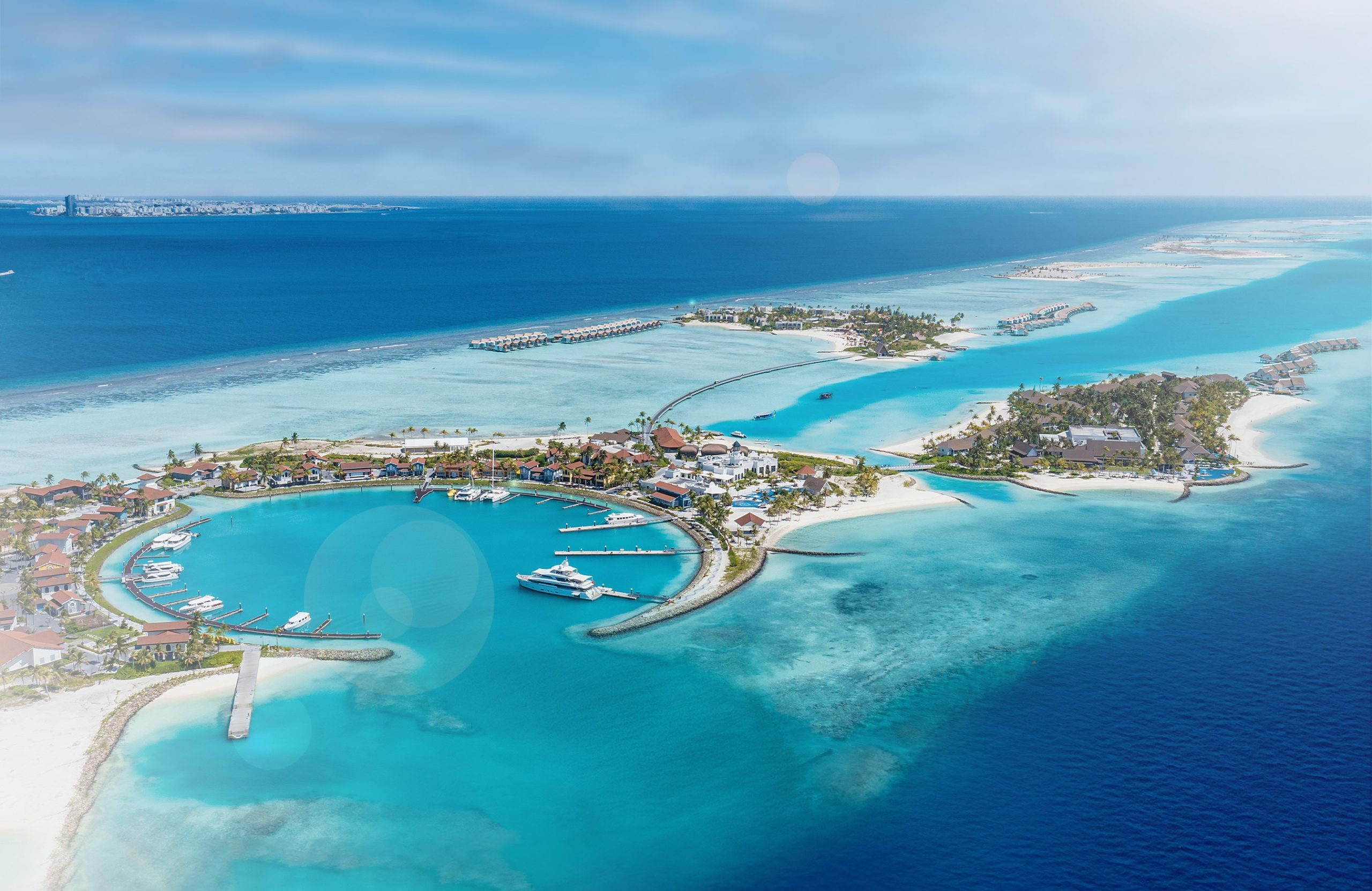Emirates customers can now plan their travels and fly with even greater assurance and peace of mind, with the airline’s latest industry-first initiative to provide expanded, multi-risk travel cover on top of its current COVID-19 cover.
Provided by Emirates at no additional cost to its customers, and provided by AIG Travel, this cover is the first of its kind in the airline and travel insurance industry. It is designed to provide all Emirates passengers with a truly unique offer for stress-free and hassle-free travel.
This new multi-risk travel insurance and COVID-19 cover will automatically apply to all Emirates tickets purchased from 1st December and extends to Emirates codeshare flights operated by partner airlines, as long as the ticket number starts with 176.
Emirates was the first airline to offer complimentary global COVID-19 cover for travellers back in July, and the response from our customers has been tremendously encouraging. We’ve not rested on our laurels and instead continued to look at how we can offer our customers an even better proposition. We’re very pleased to be able to now provide this new multi-risk travel insurance and COVID-19 cover, which is another industry first, to all our customers.
HH Sheikh Ahmed bin Saeed Al Maktoum, Emirates Chairman and Chief Executive said.
Emirates customers will be covered when they fly to any destination, in any class of travel. Highlights of the coverage include:
- Out-of-Country Emergency Medical Expenses & Emergency Medical Evacuation up to US$500,000, valid for COVID-19 (contracted during the trip) and other medical emergencies while travelling abroad.
- Trip Cancellation up to US$7,500 for non-refundable costs if the traveller or a relative (as defined in the policy) is unable to travel because they are diagnosed with COVID-19 before the scheduled trip departure date, or for other named reasons – similar to other comprehensive travel cover products.
- Trip Cancellation or Curtailment up to US$7,500 if the school year is extended due to COVID-19 beyond the departure date, and the traveller or a relative (as defined in the policy) is a full-time teacher, full-time employee, or a student at a primary or secondary school.
- Trip Curtailment up to US$7,500 for non-refundable trip costs and additional costs to return to their country of residence if the traveller or a relative (as defined in the policy) falls critically ill, for instance, contracts COVID-19 while travelling abroad.
- Travel Abandonment up to US$7,500 if the traveller fails a COVID-19-related test or medical screening at the airport and is required to abandon the trip.
- US$150 per day per person, for up to 14 consecutive days if, while outside of their country of residence, the traveller tests positive for COVID-19, and if they are unexpectedly placed into a mandatory quarantine outside their country of residence by a governmental body.
Customers do not need to register or fill in any forms before they travel, and they are not obligated to utilize this cover provided by Emirates. For more information, visit www.emirates.com/multi-risk-travel-insurance.







